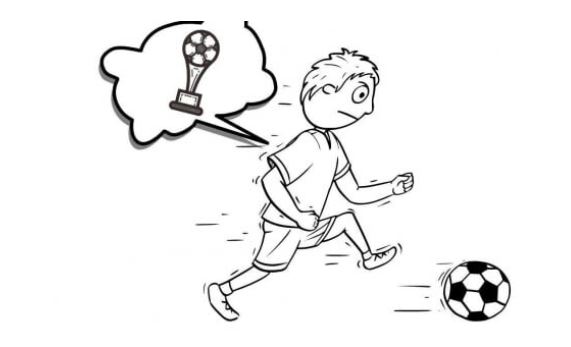Instrument conditioning, also known as operant conditioning, is a theory of learning given by the American psychologist B.F. Skinner. B.F. Skinner, also known as the father of operant conditioning was of the view that all human behavior is the result of conditioning and thus psychology as a field of study should focus on the overt behavior of individuals. That is a behavior that is external and can be observed and not something that is internal.
Operant conditioning as a theory of learning has its application in our daily life. Therefore, to understand its application through various examples of instrumental conditioning, it is first important to know operant or instrumental conditioning as a theory of learning.
What is Instrumental Conditioning?
Instrumental Conditioning is a process that involves changes in human behavior depending upon the outcomes of such behaviors. In other words, the behavior in response to a stimulus or an event is likely to be repeated in the future if such behavior results in pleasant or positive outcomes.
Thus, behaviors that are rewarded have a higher probability of being repeated in the future.
Similarly, behaviors in response to a stimulus or an event are least likely to be repeated in the future if such behaviors are followed by negative or unpleasant outcomes.
Accordingly, the behaviors that are punished are least likely to be repeated in the future.
Now that we have an understanding of instrumental conditioning, let’s have a look at the instrumental conditioning examples.
Instrumental Conditioning Examples
The following are some of the instrumental learning examples inspired by daily life.
- An ideal example of instrumental learning could be a teacher rewarding a student by appreciating the outstanding contribution made by him in a group project. Now, the likelihood that the child will keep giving his best for future projects increases.
- Now, suppose your child does not have the habit of doing his homework. To encourage him to finish his homework, you decide to not let him play soccer with his friends each time he doesn’t do his homework. Now to avoid such a consequence, your child makes sure that he does his homework so that he doesn’t have to miss playing soccer.
- People are often seen spitting and throwing waste on the roads. To avoid such behavior, the government keeps heavy fines and even goes to the extent of putting people behind the bars for such misbehavior. Thus, people are least likely to litter the roads for they know they will be punished for the same.
- Another example of instrumental learning could be you mot talking to your child whenever he argus or misbehaves. Since your child knows that misbehaving would mean parents avoiding him or not talking to him, he would try not to misbehave or argue in the future.
Reinforcement and Punishment
The likelihood that an individual would repeat certain behaviors in the future depends on four important procedures. These are as follows:
I. Reinforcement
Reinforcement relates to stimuli or events that strengthen or increase the rate of behaviors that take place before such reinforcers. Now, reinforcement is of the following two types:
1. Positive Reinforcement
Positive Reinforcement refers to positive reinforcers that strengthen or increase the rate of behaviors that precedes them. For instance, a child is appreciated by the teacher for participating in class activities. Such an appreciation would increase the probability of the child participating in the future.
2. Negative Reinforcement
Negative reinforcement involves negative reinforcers, that is events that result in increasing the rate of behaviors that enable an individual to escape from such stimulus events. For instance, the child does his homework in order to escape skipping playing soccer matches with his friends.
II. Punishment
Punishment is a process that results in weakening the rate of behavior. Now, there are two types of punishments:
1. Positive Punishment
These include punishers who encourage individuals not to undertake certain unpleasant behaviors as these will lead to unpleasant outcomes. For example, people will not litter the surrounding environment as they know they will be fined.
2. Negative Punishment
In this, the rate of behavior weakens because a pleasant reinforcer is taken away or lost that follows such a behavior. For instance, the child arguing or misbehaving with his parents leads to parents not talking to him.
